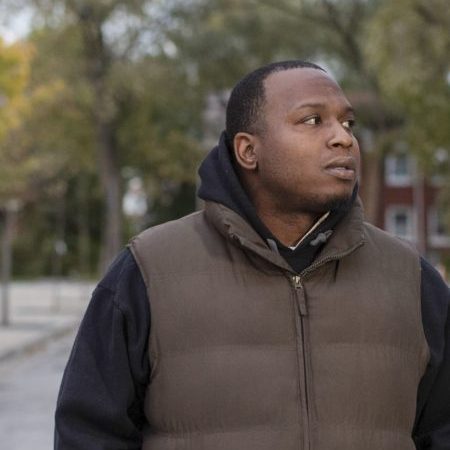November 22, 2023 | Andrew Papachristos | Washington Post
Andrew V. Papachristos is the John G. Searle professor of sociology, director of the Institute for Policy Research and faculty director of the Center for Neighborhood Engaged Research & Science at Northwestern University.
Over the past decade, excluding accidents and suicides, more than 300,000 Americans have been shot, and nearly half of them have died. Millions more have suffered trauma, either as witnesses to shootings or as friends and family members of victims. By every measure, the physical, financial and emotional toll of gun violence in our society is staggering.
But recent research has uncovered very real hope that getting gun violence under control is not only possible but also within our reach in the next decade.
Gun violence is especially acute in cities such as Chicago, where I lead a research team that evaluates community violence intervention (CVI) programs. Over the past five years, we have evaluated a program called Chicago CRED, which serves hundreds of mostly young men on Chicago’s South and West sides who are at extreme risk of being involved in gun violence. CRED provides participants with a modest stipend, a life coach, trauma treatment, education and job training. Among the metrics we track are the rate at which CRED participants are arrested for a violent crime and the rate of their getting shot, or “victimizations.”
Our study, published Nov. 6 in the Proceedings of the National Academy of Sciences, shows that CRED participants who finished the two-year program experienced a 73 percent reduction in violence-related arrests compared with a similar group who did not take part in the program. Most participants stopped carrying guns, getting into fights,
robbing or shooting people, etc. By any measure, the program is a success. Most important, it reduces gun crimes, saving lives.
What our research does not yet show is a decline in the number of CRED participants being shot that could be directly attributable to the program. That doesn’t mean the program didn’t reduce victimizations. On the contrary, earlier research on CRED suggests that participants are less likely to be shot after joining the program. But, in the technical world of social research, we cannot yet make a direct connection, although a correlation exists. CRED participants live in neighborhoods with hundreds of armed and active street factions. In the handful of communities, the program serves, it is still too small-scale to meet the level of need. By our estimate, for every CRED participant, there are at least three other young men at equally high risk. Similar ratios apply to CVI programs in many other Chicago communities suffering extreme levels of gun violence. As a result, convincing young people to put down their guns and pull their lives together is no guarantee of safety. As one CRED participant put it, “Playing defense can only go so far if the rest of the neighborhood is still playing offense.”
CVI is an increasingly common approach to reducing gun violence in cities across the United States, from Boston to D.C. to New York to Los Angeles. And the federal government has joined in, allocating $5 billion to support CVI programs nationwide.
Chicago is rapidly becoming a leader in the field. Today, more than 20 CVI organizations serve 37 of Chicago’s 77 neighborhoods. The total public and private investments from the city, county, state and private sources exceed $100 million per year.
Plans are underway to greatly expand CVI programs in Chicago over the next five to 10 years. As the work proceeds, we offer three key insights from our research.
The first is that it is critically important to keep participants in CVI programs. Rearrest and victimization are much more likely among program dropouts than among those who complete. The longer participants stay safe and avoid arrest, the more likely they are to leave street life behind.
Second, CVI must be integrated into an overall strategy that includes other public safety actors, including fair and just policing. In fact, we have documented how outreach workers have worked to support and enhance larger public safety efforts in Chicago, in part by successfully mediating hundreds of disputes and negotiating dozens of non-aggression agreements and peace treaties among opposing street gangs in hot spots.
Finally, we need to recognize that CVI alone cannot resolve much larger community conditions, such as poverty, segregation and unemployment. The absence of opportunity drives crime, which drives further disinvestment. We need to break the cycle and give people who would otherwise be engaged in gun violence an opportunity to enter and thrive in the legal economy.
The body of research supporting CVI is growing every day. We know that CVI programs can change people. We don’t yet know whether they can change whole communities. But it’s time to find out.
Read the entire article HERE
